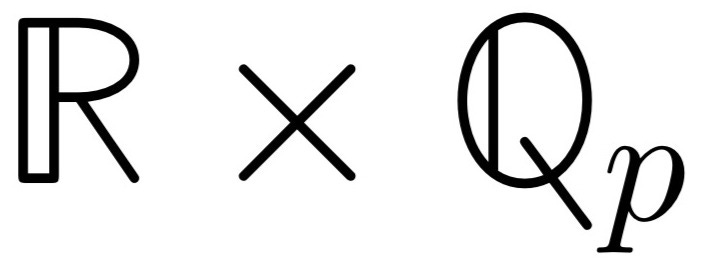System Design for Reality
Align flow: "River of Experience" with structure: "Living Library"
We’re deep into a human-centred design project. The research was rich. Stories flowed. We mapped the journey, named the pain points, prototyped something that seemed to make sense. But something doesn’t land.
We present the solution to users and hear:
“It’s... not quite what I meant.” “Yeah, but that’s not the part that really matters.” Or worse: silence - a quiet disengagement.
What’s happening here?
We were working with logic. They were speaking from experience. We were in the Library. They were in the River. And the two weren’t fully aligned.
In system terms:
We structured the insight too soon
Or we imposed a frame that didn’t honour the actual flow
Or we assumed coherence had been reached when it hadn’t
This misalignment happens everywhere: in product teams, policy design, even therapy. But we don’t always have the language for why it feels off.
That’s what this post explores:
A deeper system model for what’s really going on when experience (the river) and structured meaning (the library) fall out of sync.
And importantly, what becomes possible when they align.
We move through reality every day - but beneath the surface of our experience, something more structured is happening. A kind of hidden architecture, where flow and structure must align for meaning to emerge. This isn’t just poetic theory. It’s system logic. And it might explain everything from emotion to quantum entanglement - if we’re willing to look through a different lens.
Two ingredients of reality
Let’s begin with a simple model.
Reality, as we experience it, is built from two fundamentally different ingredients - and everything depends on how well they work together.
We’ll call them:
R - the river of continuous experience
Qp - the living library of structured meaning
1. R - the river of continuous experience
This is the unbroken flow of being.
It’s your raw stream of perception - sight, sound, feeling, thought, motion. Like a data feed or unedited film reel: immersive, immediate, and always moving.
But without structure? It would be pure chaos. No names, no moments, no pattern. Just noise.
System insight:
The river is high-frequency input. Without a schema, it cannot generate coherence.
2. Qp - the living library of structured meaning
Now picture a vast library. Not static books, but a dynamic, relational knowledge system.
It contains:
Addresses for time and space
Categories like “object”, “event”, or “emotion”
Relational patterns that go far beyond distance: cause-effect, memory, lineage, even entanglement
It defines meaning through structure - like a database with relational integrity, recursion, and symbolic resonance.
But without the river, this library is inert. Beautiful logic, but lifeless.
System insight:
Meaning arises only when data flows through structure. Without interaction, structure decays into abstraction.
System design principles for reality
Reality = river × library
Not addition. Not hierarchy. Interdependence.
Experience becomes meaningful only when it flows through structure.
Structure becomes alive only when it’s animated by experience.
Coherence is the condition where these two synchronise.
Meaning arises where flow meets structure
Imagine you feel a wave of grief. That’s the river - raw, unsorted, real.
But your ability to understand it - to name it, link it to memory, give it form - comes from the library. And that experience, in turn, updates the library.
It is not static. It learns. It remaps itself in response to real inputs.
System insight:
Coherence is a feedback loop:
Structure interprets stream ⇔ Stream reconditions structure.
Entanglement as system logic
Quantum entanglement seems bizarre… until you see it through this frame.
In physical space (the river), two particles may be light-years apart. But in the library, they are adjacent - linked by a non-local relationship.
Their connection doesn’t depend on distance. It depends on structural closeness - a kind of relational address.
So when one changes and the other responds instantly, it’s not weird. It’s expected.
System insight:
Entanglement is just coherence rendered through non-local structure.
So what?
Every system we design - from tech to culture - tries to do the same thing:
Align flow through structure. When they’re out of sync, we feel friction. When they align, we feel coherence - relief, clarity, meaning.
Design principle:
Don’t just optimise for throughput…
Design for the moment where experience meets structure - and something clicks.
And if something feels off - in your project, your system, your self - ask:
Is the river flowing but unanchored?
Is the library full but untouched?
Or is this simply a moment of realignment, where something deeper is forming?
Sometimes, confusion is the library updating. Sometimes, stillness is the river remembering.
And sometimes, meaning arrives - not as explanation, but as fit.
For the systems thinkers
Want a diagram? Let me know - I’m drafting one
Curious how this applies to AI models, memory, or ethics? That’s next
Got a pattern this resonates with? I’d love to hear it
If this stirred something in you…
Leave a comment - what’s your river encountering lately?
Want more depth, see here: https://www.academia.edu/130166340/Reality_R_x_Qp?source=swp_share
Forward this to someone who builds, leads, designs, or questions systems
Subscribe to receive future entries on structure, signal, and coherence.





